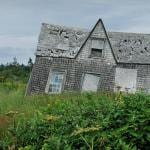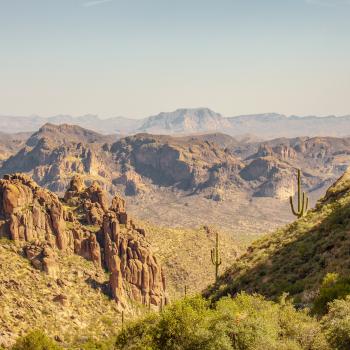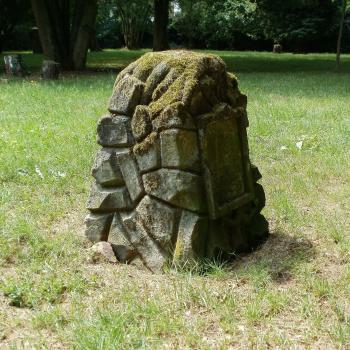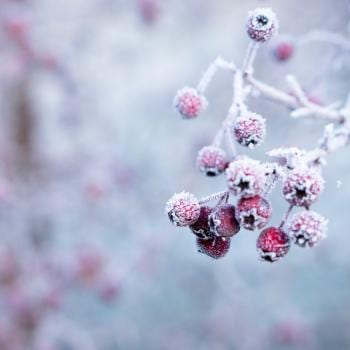Lammas (often used interchangeably with Lughnasadh to refer to August 1st) holds a special place in my heart. The heat might make summer my least favorite season, but Lammas marks the slow decline into fall. And, being a lover of baking bread, how could I not like this Sabbat?
Separate from the Harvest
Lammas is one of three harvest festivals within commonly celebrated by Wiccans and many Pagans (the latter two being Mabon and Samhain). Many people mention country fairs in relation to this holiday. But I grew up in a city. I traveled out to the countryside to visit family for events more in-line with the modern semi-secular US calendar than for purposes of harvest and seasons. (I’ve always been caught in my head, even since childhood, so even when my mother emphasized the seasons and physical world I was more likely to chase after spirits, fairies, and daydreams.)
The themes of Lammas resonate all the same, however. Melanie Marquis lists them as ‘sacrifice, gratitude, hope and renewal’ in Lughnasadh: Rituals, Recipes and Lore for Lammas. No matter how far removed we are from the fields, we can understand hard work and sacrifice. We can relate to achieving a hard-won goal.
And no matter how far removed we are from food production, if that harvest fails to come in, if the work is not completed, if the bounty of the earth doesn’t come… Well, what would happen? We’re never really separate from the harvest. We may not be in as precarious situation as our ancestors (at least, it may seem so), with fruits and vegetables available year round to many of us, but that really just means the harvest is always happening. There’s more to be grateful for.
Living now in a place where the rural and the urban are much more integrated, the flow of the seasons makes a more obvious mark and instills a greater gratitude for the work that goes into maintaining our society. (Or it does when I manage to get outside and away from the computer.)
Bread and Sustenance
The first grain – the first harvest – is the focus of this holiday. A common activity mentioned in many books is to bake bread. Marquis mentions a wide variety of bread and biscuit-related activities that took place around this time of year. In Jason Mankey’s Witch’s Wheel of the Year there is a ritual for symbolically baking bread in ritual. Pauline Campanelli’s Wheel of the Year, a book I remember on my mother’s bookshelf growing up, has a recipe for bread in a section that touches on various grain-and-death deities relevant to the season. Breads and cakes appear often in Lammas section the Sabbat Almanacs I have.
For me, baking bread has this indescribable quality to it. I’m a homebody at heart, preferring the hearth and comfort of lived-in spaces, and there is a deep comfort found in making a loaf of bread. Even more comfort is found in sharing it (and, hopefully, being complimented on its quality!). Cooking itself provides a unique pleasure, but baking bread instills its own emotion. (Preparing rice properly and having it available as a staple food also summons up different, but related, feelings.)
Often I feel that I contribute little to nothing. The feeling of being unmoored is one I know many people struggle with. Following a holy calendar – be it the eight Sabbats or a different one – helps place us in context with the Gods, the world, and other people. The activities related to holy days often emphasize feasting and food, whether it be indulging in the excess available or stretching the last meal possible. Baking bread ties all who do it into the long, long lineage of humanity.
And there is little comparable to the quiet contentment of providing for one’s family and community.
In the Otherfaith
Lammas isn’t a holiday in the Otherfaith (not really, anyway). But on July 31 we recognize the Apotheosis of the Dierne, one of our Gods. When I put His apotheosis on that date I wasn’t even thinking of its proximity to the first harvest Sabbat. I had simply written down what the spirits had told me was accurate, filling that section of my planner with big block letters.
The themes that Marquis mentions in her book as being central to Lammas are rather central to the Apotheosis of the Dierne. So even though there isn’t really a harvest holy day in the Otherfaith, we can make comparisons between the two. Perhaps, as it’s said, the more things change the more they stay the same; the wheel cannot entirely be remade.
Maybe it was lucky coincidence that the spirits and I put the apotheosis on July 31st. Maybe it was something instinctive. Either way, I enjoy the connection.
















